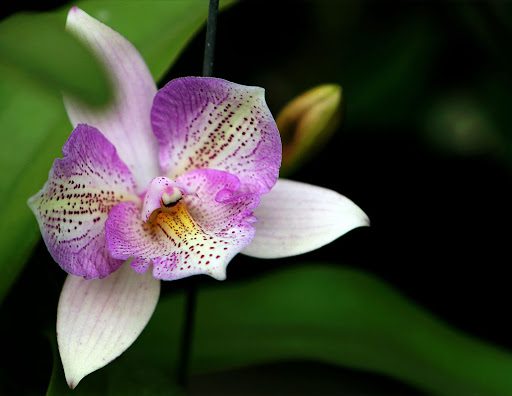Discover how the orchid flower developed special significance in six different cultures across the globe.
The orchid flower has fascinated humans since ancient times. And rightfully so. If you’ve seen an orchid up close, it’ll come as no surprise that, over time, the orchid flower has developed special meaning and symbolism in a variety of cultures. Like us, people throughout history have marveled at the orchid and its truly spectacular blooms.
From the Mediterranean cliffs of ancient Greece to the dry desert of Aztec civilizations, orchid flowers have inspired myths, legends, and cultural traditions that helped shape the everyday lives of people throughout the world.
Though some documents recording the cultural significance of orchids have yet to be discovered, there is a wealth of information to suggest that the orchid flower was highly meaningful to a variety of ancient and modern cultures.
Below, we’ll take a look at how the orchid flower made its way into ancient Greek, Chinese, Japanese, Victorian, Aztec, and Roman cultures.
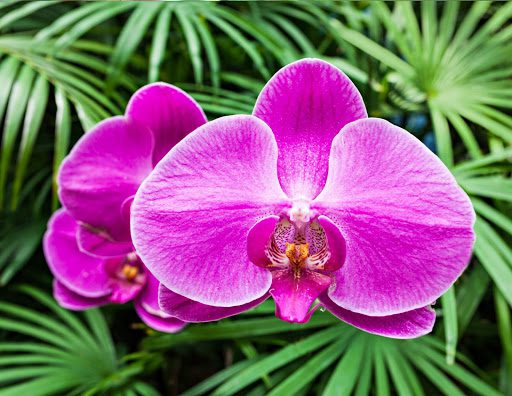
The Orchid Flower in Ancient Greece
As early as the 4th century BCE, an ancient Greek botanist named Theophrastos stumbled upon an orchid and named the flower órkhis—a Greek word meaning “testes” since he thought the bulbous tubers resembled male genitalia.
Since then, the orchid became a symbol of virility for the Greeks. It was not uncommon for people to eat parts of the orchid; they were believed to have powerful aphrodisiac qualities.
In common tradition, ancient Greeks believed that eating an orchid’s tubers could determine the sex of an unborn child. If the father ate the orchid’s large root tubers, the child would be a boy. If the mother ate the orchid’s small root tubers, the child would be a girl.
The orchid plant has also been linked to the Greek myth of Orchis. The story details how Orchis, the son of a nymph and a satyr, took advantage of Maenad, a female follower of Dionysus; for this, he was punished and torn apart by wild beasts. From the earth where Orchis was killed sprang many slender orchid flowers, all said to have germinated from his blood.
The Orchid Flower and the Aztecs
In present-day Mexico, Aztec civilizations made great use of native orchid plants. The Aztecs revered the wild orchids for their beauty, but they also saw the utility in the unique plants.
Aztecs were among the first people in the region to discover the flavorful qualities of the vanilla orchid. They were known to make a beverage by mixing orchid vanilla with chili and chocolate.
Aztec civilizations also used native orchid flowers as medicine. Records show that they used various parts of the orchid plant to heal sores and burns, soothe a bad cough, and to help ease symptoms of dysentery.
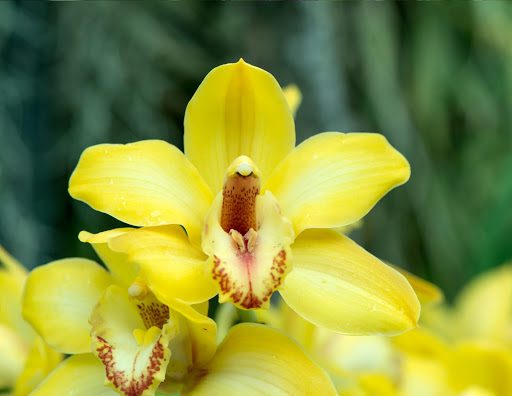
Some orchids were even harvested and processed to make a glue-like adhesive substance. Native orchids were stripped, dried, and then soaked in water to form a sticky, mucus-like gel used to repair items.
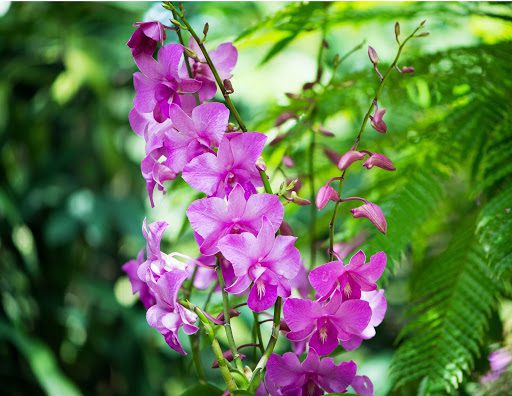
The Orchid Flower in Ancient China
The oldest known recorded reference to the orchid plant species was made by Shen Nung, known as the Father of Chinese Medicine, around 2695 BCE. Since then, orchids have been grown in Chinese cultures for their medicinal properties and fragrance.
Confucius, a famous Chinese philosopher, had a special affection for cymbidium orchids. There’s evidence that Confucious cared for the cymbidiums in his own garden, and some of his poetry references the orchid flower directly.
One quote attributed to Confucius reads: “If you are in the company of good people, it is like entering a room full of orchids” (translated by Alice Poon).
Even today, orchids are symbols of scholarly pursuit, nobility, integrity, and friendship in Chinese cultures.
The Orchid Flower and Japanese Culture
By the early 17th century, the orchid flower was a symbol of respect and admiration in Japanese culture. Orchids became so revered in Japan that growing orchids was sometimes considered a noble art form. In particular, dendrobium orchids were grown by Japanese royalty for their fragrance and beauty.
Another orchid that has a special place in Japanese culture is the Neofinetia falcata, also known as the wind orchid. These orchids are sometimes popularly called samurai orchids, mainly because samurai were known to grow them as symbols of bravery and peace.
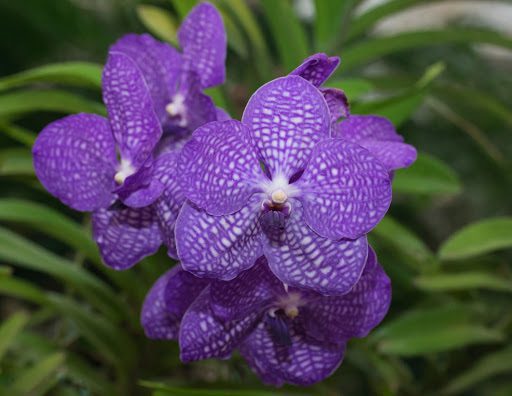
Even today, Japanese businessmen give orchids as gifts to bring good fortune and peace to the recipient, honoring the historical symbolism of the orchid flower in Japan.

The Orchid Flower in Victorian England
During the Victorian era in England, orchids were known as symbols of beauty, harmony, elegance, and luxury.
As Europeans explored and colonized the tropics, they discovered many new species of orchids. When they brought native tropical orchids back to England, many people became fascinated by the orchid’s variety of unique blooms.
In no time at all, orchid trade was booming. And it became a lucrative business for wealthy men. Many men set off on expeditions to collect new orchid species and bring them home to be cultivated and sold on the market.
One man by the name of Frederick Sander became known as the Orchid King. He amassed one of the largest collections of orchids in the United Kingdom, and he claimed to have an orchid from every region of the world in his personal collection.
The Orchid Flower in Ancient Rome
Only recently has the orchid flower been recognized in Roman archaeological monuments and artwork. Floral elements of several orchid species have been observed in cornice and ceilings of Roman architecture.
Perhaps the most famous example of orchids appearing in Roman art is the Ara Pacis, or “the altar to peace,” erected by Augustus in 9 BCE. When studied in detail, the frieze boasts about 90 different orchid species. Researchers and art scholars suggest the orchid flowers were used as symbols of celebration, rebirth, and prosperity.
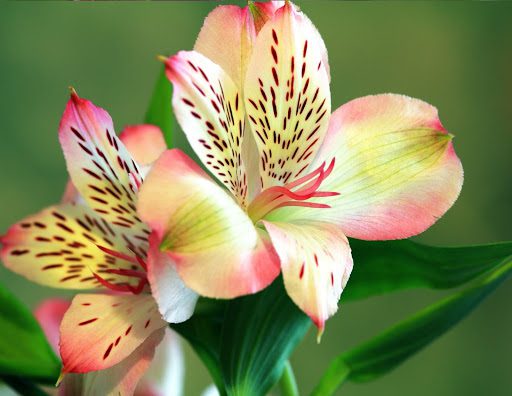
Interestingly, orchid representation in medieval art is rare. Some scholars think this is due to religious efforts to eliminate pagan elements linked to aphrodisiac power and luxury, like the orchid flower. Orchids do, however, make a reappearance in Renaissance artwork with the rediscovery of ancient Roman culture.
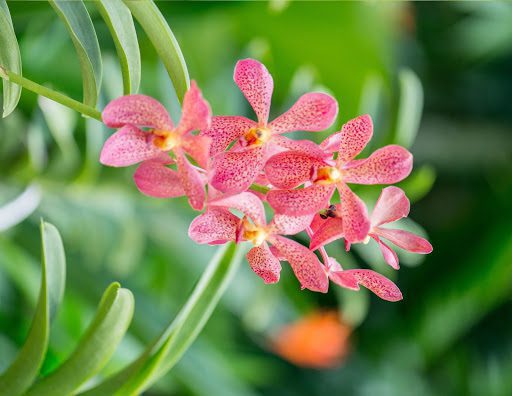
Orchid Flowers in Your Own Garden
The orchid flower has meant many different things to many different cultures across the world. Because of their beauty, delicacy, and resilience, orchid flowers have remained important symbols of peace and harmony today.
The next time you tend the orchids in your own garden, you might think: What does the orchid flower mean to me?
To ensure your orchid stays healthy year-round and boasts big, bountiful blooms during its flowering season, be sure to give your orchid proper light, water, and potting mix conditions. Also, be sure to use a reliable orchid fertilizer to ensure your orchids stay happy and healthy.
If you’re looking for the perfect orchid fertilizer to grow beautiful orchids with ease, try our one-of-a-kind Premium Orchid Food. Our unique formula is gentle so it won’t harm your orchid, and it’s liquid, which is an optimal delivery method for orchids since it’s easily absorbed.
For more detailed tips to master orchid care, click here. Or, if you’re new to growing orchids, check out our complete beginner’s guide to growing orchids here.
References
- Ossenbach, C. (2005). History of orchids in Central America Part I: From prehispanic times to the independence of the new republics. Harvard Papers in Botany, 10(2), 183–226. https://www.jstor.org/stable/41761814?seq=1
- Cumo, C. (2013). Encyclopedia of Cultivated Plants. ABC-CLIO. https://books.google.com/books?id=Ja7WAQAAQBAJ&pg=PA727&lpg=PA727&dq=orchids+and+the+aztecs&source=bl&ots=IZhX_40PU8&sig=ACfU3U0XZUPNt853kBAiSL_HJR7zB0hH9A&hl=en&sa=X&ved=2ahUKEwjh3Nab78nqAhXaLc0KHdXADGYQ6AEwD3oECAoQAQ#v=onepage&q=orchids%20and%20the%20aztecs&f=false
- Kumbaric, A., Savo, V., & Caneva, G. (2013). Orchids in the Roman culture and iconography: Evidence for the first representations in antiquity. Journal of Cultural Heritage, 14(4), 311–316. https://doi.org/10.1016/j.culher.2012.09.002

